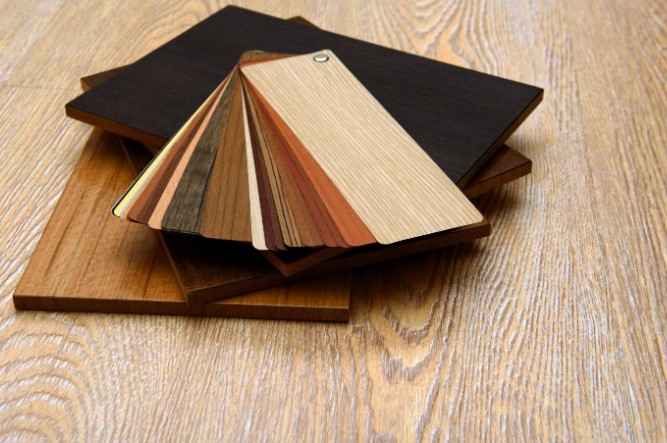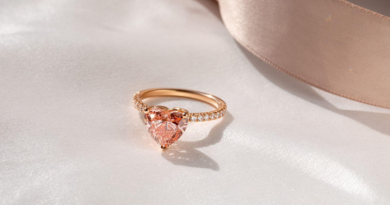How to Choose the Best Floor Material for Your Home
Your home’s flooring probably gets a lot of foot traffic; between you walking around on it, and the kids and pets stampeding through, your flooring’s seen better days.
There comes a day when you need to replace your floors, and you may not want the same material again. When switching things up, picking the right flooring can make all the difference regarding aesthetics and cost-effectiveness.
If you’re not sure how to make the best decision possible, then keep reading. We’ll show you how to choose the best floor material for your home.
Consider Your Lifestyle
If you feel like your current flooring doesn’t match your lifestyle, then this is the perfect opportunity to select something that’s better suited.
Think about each room on its own and the level of foot traffic it gets. Also, consider the activities done in each room; for example, you eat in the dining room, but you might play rambunctious games in the living room with the kids.
In general, if you have pets and/or children, then you’ll need something more durable and resistant. They won’t take as much care as you do to go over the flooring gently.
Think About Your Personal Style and Current Aesthetics
Your current decor and style will have a huge say in which floor material is right for you. For instance, if you have a modern home design, ’70s-style shag carpeting would look horrendous in your living room. Not to mention, it’s not ideal if you’ve got a large dog who loves to get muddy on its walks.
What’s great is various floorings have different patterns and color options, so it’s not likely that you’ll be restricted to only one or two choices.
Determine Your Budget
Just because you adore a certain flooring type doesn’t mean you can necessarily afford it. The unfortunate reality is that you may have to make some sacrifices, so it’s best to have a concrete budget before you dive into things. This can help you avoid heartbreak.
Remember to factor in floor installation costs too. It might be wise to ask for a few quotes first, so you know the ballpark range of what local contractors charge. There are some flooring types you can DIY as well, so that’s something to keep in mind if you’re on a tight budget.
Understand Your Flooring Choices
You might have a rough idea of what floor materials there are out there, but it’s best if you do a deep dive. That way, you can truly understand what’s best suited for your needs, style, and budget.
Here are a few popular choices you can consider.
Hardwood
Hardwood has a classic and timeless look, plus it’s durable. It’s also easy to maintain, as you only need to sweep and vacuum. Plus, it can be refinished so it looks brand new again.
However, hardwood is easily scratched and is susceptible to water damage. In addition, it’s one of the more expensive flooring choices.
Laminate
If you like hardwood but can’t afford it, then turn to laminate. It’s not as durable, but it’s resistant to scratches, stains, moisture, and burns. You can also install it yourself to cut down on costs.
The downside is if laminate is exposed to excessive water, then it can get damaged. You can’t sand or refinish it, so it can warp and/or be noisy if you install it improperly.
Tile
Tile can come in various materials, such as ceramic, porcelain, or natural stone. It’s durable and moisture-resistant, making it excellent for high-traffic areas.
While it’s easy to keep clean, tile does require some more maintenance due to its grout. In addition, it’s hard and cold, so if you like walking around barefoot, it may not be pleasant. Tile is hard to install too, so you’ll need the pros to do it.
Vinyl
Vinyl is a cost-effective solution if you like wood and tile, but can’t afford these materials. It’s a softer type of flooring that’s easy to install and maintain, and is one of MSI’s waterproof flooring options. It’s durable (can withstand heavy foot traffic), stain-resistant, and great for noise absorption.
But because it’s a softer material, vinyl can get punctured and damaged by sharp or heavy things. If you don’t install it correctly, then it can bulge and break down faster. it’s also susceptible to discoloration over time, and is a long-time commitment since it’s difficult to remove.
Carpet
Carpet is the softest type of flooring you can get, and it provides comfort, warmth, and noise reduction. There are various styles and textures, so it’s easy to match your interior decor. It’s inexpensive too.
However, it stains easily and can wear down quickly in high-traffic areas. Plus, it may exacerbate allergies, and it needs maintenance to look its best.
Bamboo or Cork
Bamboo and cork are fantastic choices for those who are eco-conscious. They’re both renewable and durable, and have unique appearances too. They’re soft and comfortable options as well.
These flooring types require proper maintenance though. They’re also tough to DIY.
Speak to Professionals
To make your final decision, speak to flooring professionals or interior designers. They can provide you with samples and advise you on the best flooring types for each area of your home.
Once you’ve made a decision, they can also help with installation if needed.
Choose the Best Floor Material
There are numerous floor material options to consider, and they all have their own pros and cons.
It’s best if you consider your personal style, interior design, and budget to narrow your choices down. From there, you can then speak with professionals who can help you select new floors that’ll be satisfactory.
If you need more home renovation tips, then keep reading our blog page now.











